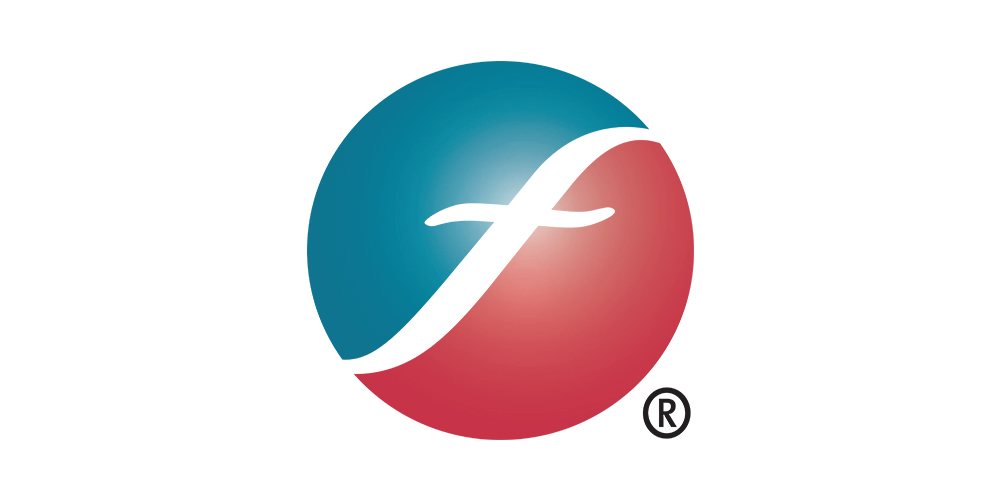Tell us about your career in social work – how you got started and what you do now.
I have been a social worker for the past 25 years. I obtained my bachelor’s degree in social work at Pittsburg State University and my master’s degree in social work at Kansas University. I started my social career with Ozark Center in 1991, working with people with mental illness and substance abuse issues. This truly got my feet wet in the field as this population has so many needs. Next, I worked at the Joplin Regional Center as a case manager for people with developmental disabilities. I continued to work with people with developmental disabilities in Kansas City for Pathways Supports while I finished my master’s degree. I oversaw in-home support for people with disabilities and also facilitated an autism support group.
Then, I went to work at Lansing State Prison to counsel sexual offenders. I continued to counsel sex offenders out of the Kansas City, KS parole offices until I went to work as a hospital social worker at Independence Regional Hospital near Kansas City. Most of my time at Independence Regional was spent as a social worker in the emergency room and on the geriatric psychiatric unit. I liked the hospital setting, and remained there until my family made a big move to Florida. I worked for nine years as a trauma social worker at Baptist Hospital in Pensacola, FL, a major trauma center. I spent most of my time in the intensive care unit and ortho-neuro floors, and the majority of my patients suffered from head and spinal cord injuries. This was probably the most challenging and rewarding position of my career. Currently, I work in the outpatient dialysis unit at Freeman East. I have so much respect for the patients and staff at this unit. The sacrifices that our patients make daily is amazing, and I am honored to help them along their journey.
Why do you like being a social worker?
I have always wanted the world to change for one reason or another – social work was a career where I felt I could actually make a difference. Instead of sitting back and wishing people or systems would change, I can actually help them along the way. Sometimes, that person or group just needs a little support and social work has allowed me to provide that. Most of the heroes in my life came in the form of patients or clients whom I've had the opportunity to meet because I was their social worker. In reality, they have probably blessed me much more than I did them.
Why did you choose Freeman?
What I love most about my current position is that I have the freedom to just jump in and make things happen. I can think outside the box and connect my patients with the things they really need to succeed while on dialysis. The team I work with shares my goals and genuinely cares about our patients. I want to make a difference and I can do that in my own way at outpatient dialysis. I've been given the opportunity to partner with a local food pantry and this has helped meet the nutritional needs of some of my patients. It’s nice to work in a place that supports me and my sometimes not-so-conventional ideas.
